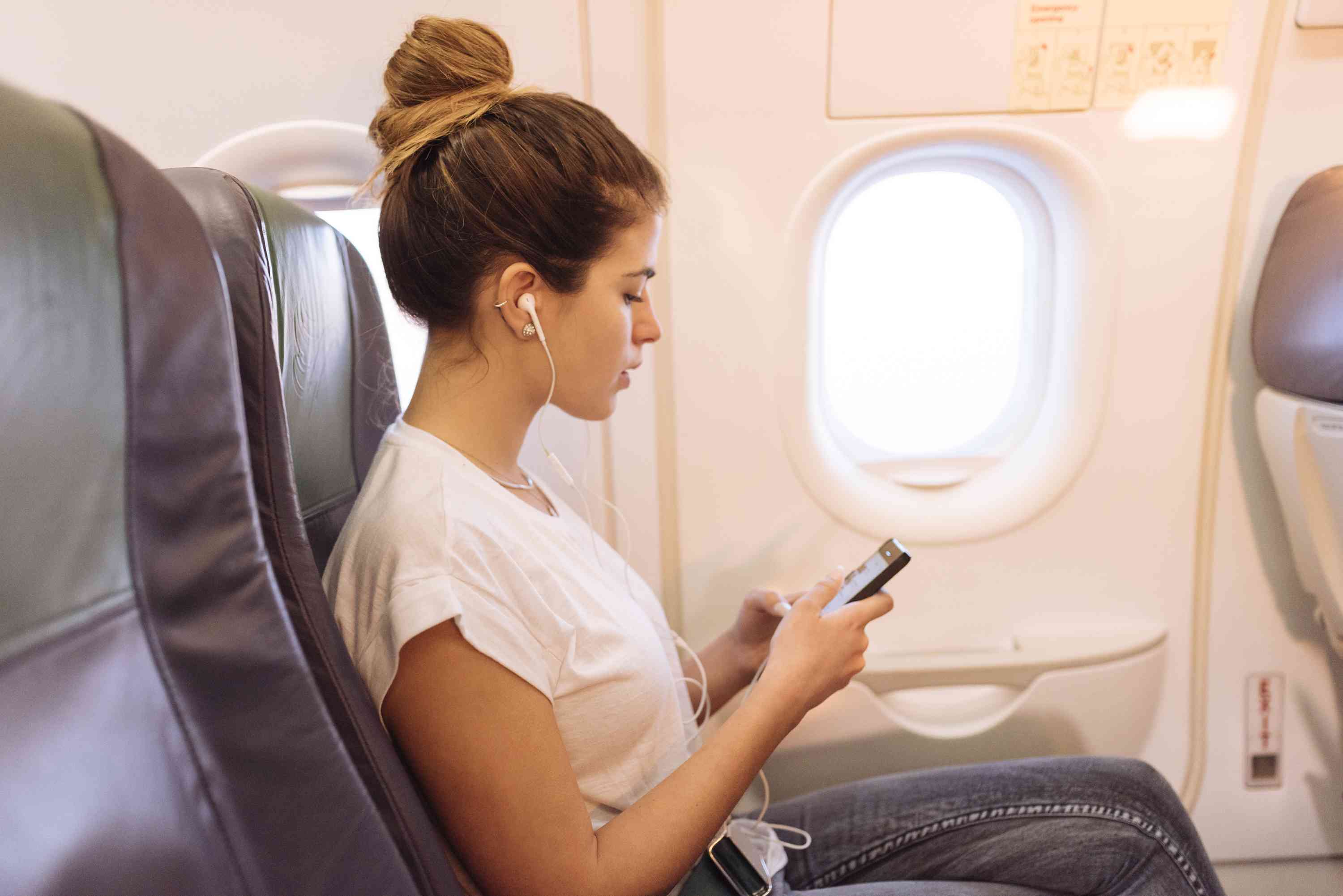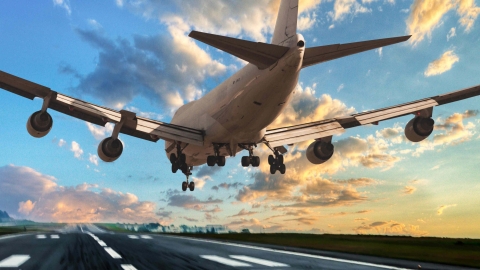Many people think that airplane mode can prevent cell phone signals from affecting pilots' navigation. However, "there is no evidence that cell phone signals affect the ability of an aircraft to navigate. But just because it hasn't happened yet doesn't mean it won't happen," one pilot said.
Therefore, the regulation of switching mobile phones to airplane mode was born to prevent radio interference for mobile phone networks on the ground, ensuring aviation safety. When the plane is at a certain altitude, the active phone can still receive signals from many mobile towers. This can cause disruption to ground telecommunications services. In addition, phone waves, radio waves, Bluetooth waves can interact with lightning, electromagnetic interference or help ground missiles locate, causing danger to the plane.

Some international airlines have mobile phone receivers installed on certain aircraft, so passengers on some flights can make calls or send text messages while in the air. Passengers can also connect to Wi-Fi on many domestic flights to surf the web and send text messages, but most airlines restrict in-flight calls and video chats over Wi-Fi.
Currently, in Vietnam, only Vietnam Airlines has Wi-Fi Internet connection for passengers when traveling on Airbus A350 and Boeing 787 aircraft. Vietnam Airlines representative said that when checking in, at the boarding gate, there will be a symbol identifying the flight using Wi-Fi so that passengers know the flight has Wi-Fi service. When boarding the plane, the flight attendant will also inform passengers about this service.


































